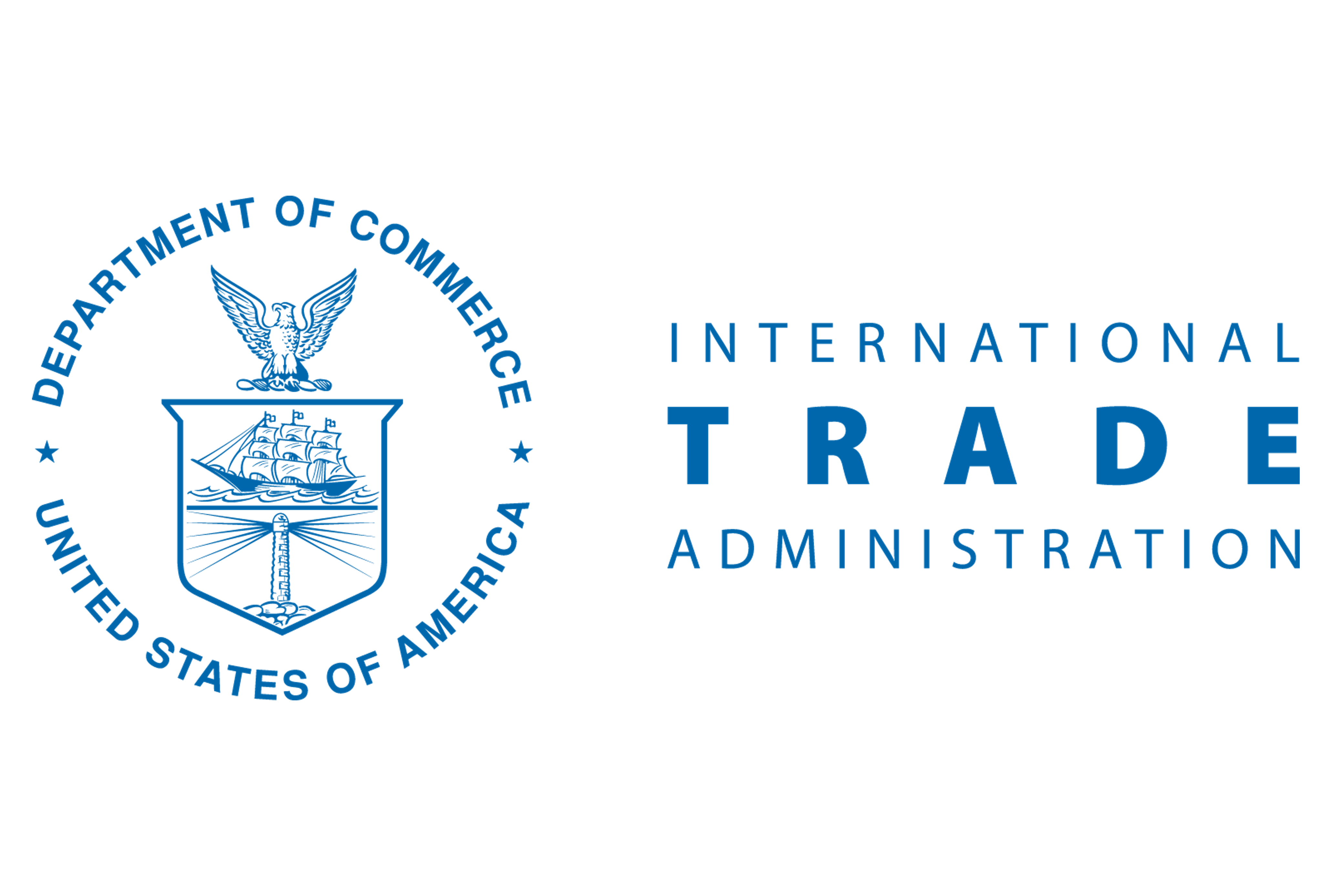Analysis

September 29, 2022
Final Thoughts
Written by Michael Cowden
Our most recent lead time data is flashing a clear warning signal when it comes to plate prices, and so too are plate prices abroad – which in theory offer massive discounts to domestic numbers.
Let’s start with plate lead times, which we released today along with lead time figures for sheet products.
Plate lead times fell to 4.30 weeks this week, their lowest mark since 4.20 weeks in mid-February, according to our lead time archives. Recall that early/mid-February was the peak of a steel slump that ended abruptly when Russian forces invaded Ukraine on Feb. 24, sending steel and raw material prices soaring higher.
![]() We’re not in uncharted territory. Plate prices back in mid-February were at $1,800 per ton ($90 per cwt). We’re at $1,620 per ton now – or 10% lower, as per our interactive pricing tool. So if you look just at plate price and lead time data from this year, you could make a case that nothing looks too worrisome.
We’re not in uncharted territory. Plate prices back in mid-February were at $1,800 per ton ($90 per cwt). We’re at $1,620 per ton now – or 10% lower, as per our interactive pricing tool. So if you look just at plate price and lead time data from this year, you could make a case that nothing looks too worrisome.
But let’s rewind a little further than February 2022. Prior to February of this year, the last time plate lead times were lower than they are now was 4.22 weeks in late August 2020. You might remember that August 2020 was when hot-rolled coil prices hit a post-pandemic low of $440 per ton. Plate prices bottomed out at $590 per ton in May 2020 and then again in July-August of that year.
You see what I’m getting at? How can plate lead times be at one of their lowest points since the depths of the pandemic and yet prices are more than $1,000 per ton higher? I’ve heard various arguments about why it’s different this time: Plate is a more protected and a more consolidated market than sheet. Azovstal – once an important Ukrainian plate supplier in Mariupol – has been destroyed. And that plate market dynamics are fundamentally different from those in the sheet, which has seen a sharp correction downward.
Those factors are all true. But I have trouble seeing how they add up to the US having the loftiest plate prices in the world, and by a wide margin too. SMU does not formally track foreign plate prices. But our parent company, CRU, does. CRU last updated Chinese, German and Italian plate prices on Sept. 28.
German plate prices currently stand at 1,084 euros per metric ton and Italian plate prices at 944 euros per metric ton – and those are delivered prices. In other words, German plate prices are $963 per short ton, and Italian plate prices are $838 per short ton. (The latter is just slightly above US hot-rolled coil prices.) And keep in mind that Europe is not typically known for its super cheap steel. As for China, CRU’s plate price ex-Shanghai warehouse is at 4,170 RMB per metric ton, or $531 per short ton.
I’m not saying plate prices are going to come pouring in from those locations. Duties and tariffs can make material from a given mill or nation uneconomical. I’m using those prices as rough proxies for regional pricing in Europe and Asia in general – because prices in Europe, Asia and the US typically trend together over time. And we’ve already seen US prices normalize with those in the rest of the world when it comes to HRC.
In short, I would think such a wide spread between US prices and those in the rest of the world might attract the eyes of foreign mills and traders. Maybe it already has? The US was licensed to import 651,418.80 metric tons of steel this month, according to Commerce Department figures last updated on Sept. 25. That’s down 33% from preliminary imports of 973,969.7 metric tons in August.
Plate did not follow that sharp overall downward trend. The US through Sept. 25 was licensed to import 34,053 metric tons of plate, little changed from 36,869.6 metric tons in August. But I wouldn’t be surprised if we see that number go up – or if we saw US plate prices come down closer to numbers abroad.
PS – I haven’t touched on all that we’ve written over the last few months about how the spreads between US plate and HRC prices are unprecedented. I’d say that’s just one more reason to approach the plate market with a little extra caution these days.
By Michael Cowden, Michael@SteelMarketUpdate.com







